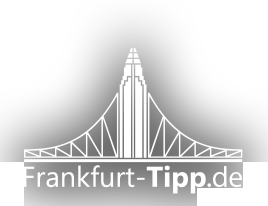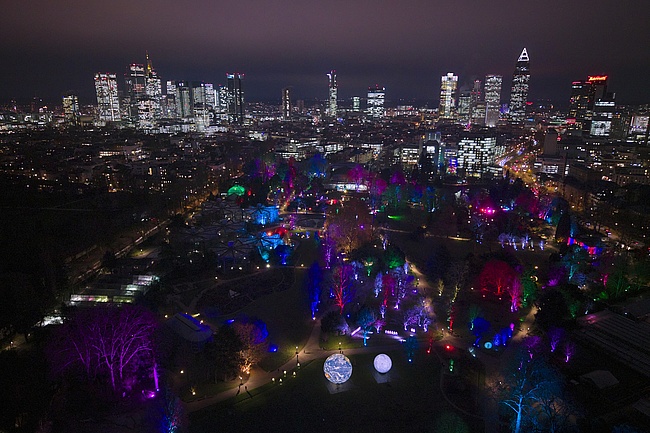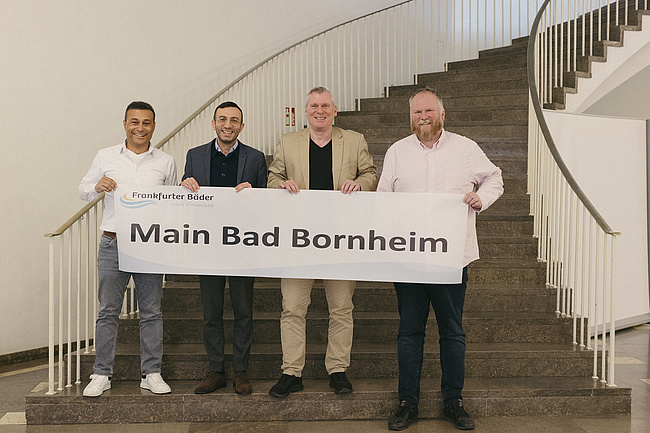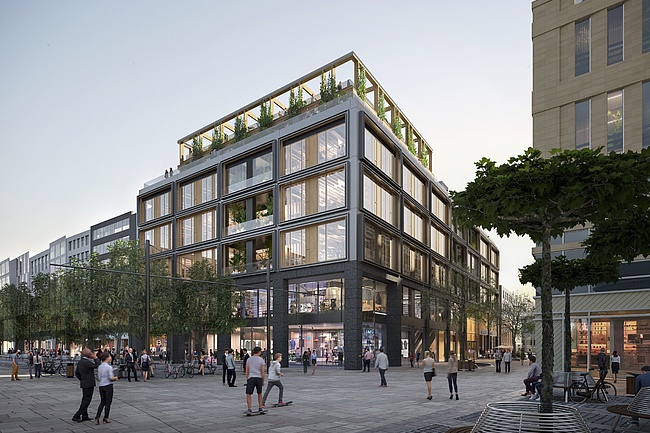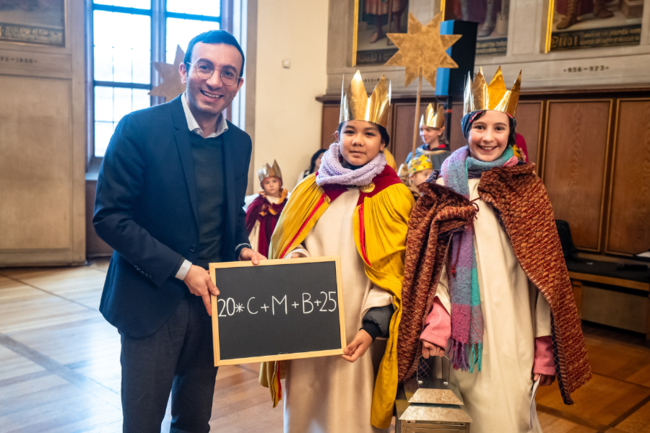Popular backdrop for tiktokers and instagrammers in the Höhenstraße subway station was restored
The artwork in the B-level of the subway station Höhenstraße shines again. The reason for this is the restoration of the so-called "infinity simulator", created by artist Volker Bussmann. "For many years, Frankfurt's first light installation from 1980 has delighted not only the passengers of subway line 4. To this day, the installation is a popular meeting place for young people, who use it as a backdrop for their dance performances for Tiktok or Instagram. For me, Volker Bussmann's work is an excellent example of how art and culture interact with urban space to create open space for participatory experience. Therein lies, among other things, the timeless appeal of the 'Infinity Simulator,'" explains Ina Hartwig, head of the department of culture, on the occasion of the work's restoration.
For many years, the artwork was in a desolate state, and the work took around nine months. As part of the restoration, the light installation was fitted with new neon tubes, new transformers and new mirrors, and equipped with a timer for energy-efficient use. The costs for the entire measure totaled 38,000 euros. Representing the head of the mobility department, Stefan Majer, his designated successor Wolfgang Siefert praised the restoration of the installation: "Transport stations are public spaces and important places in the city districts. In this context, the B-levels are mostly places of passage and not of meeting and lingering. It is different in the B-level at Höhenstraße: It is a beautiful example of a living space because of the light installation and the young people who have made it their own. The interaction between the installation, the artists and the passengers gives this station a unique selling point in Frankfurt that gives me great pleasure. What was created here in 2009 as part of the 'Nahmobilität' project is still relevant today. Respect! I would like to see more of it at mobility stations."
Frankfurt artist, graphic designer, sculptor and art graduate Volker Bussmann created a cabinet of optical illusion from 44 neon contour tubes in the colors yellow, red, blue and green and two spy mirrors. One cannot enter it, but whoever looks inside looks into a seemingly infinitely expanding space. The neon contour tubes are not comparable with ordinary fluorescent tubes. The special feature is that they are handmade. The individual tubes are handmade on the gas flame by the glassblower up to a length of 2.50 meters. The so-called infinity simulator was designed as part of an art-in-architecture competition launched by the city of Frankfurt in the late 1970s, prompted by the city's public utility company and the former Office of Science and Art.
Initiated by former transportation department head Lutz Sikorski, young people created a public dance floor in front of the installation in October 2009 during the federal research project "Jugend.Frei.Räume" ("Youth.Free Spaces"). Even 14 years later, they combine art in public spaces with their own artistic expression. Today, Bussmann's dance floor enjoys great popularity, especially in the K-Pop community. At the press event, K-Fusion Entertainment, Frankfurt's largest organizer of K-Pop events, was on hand and the dance group "Seraph" performed K-Pop choreography, showing how dance, light and spatial art work together to electrify the audience. The group often uses the installation for their performances and as a backdrop for their dance videos.






